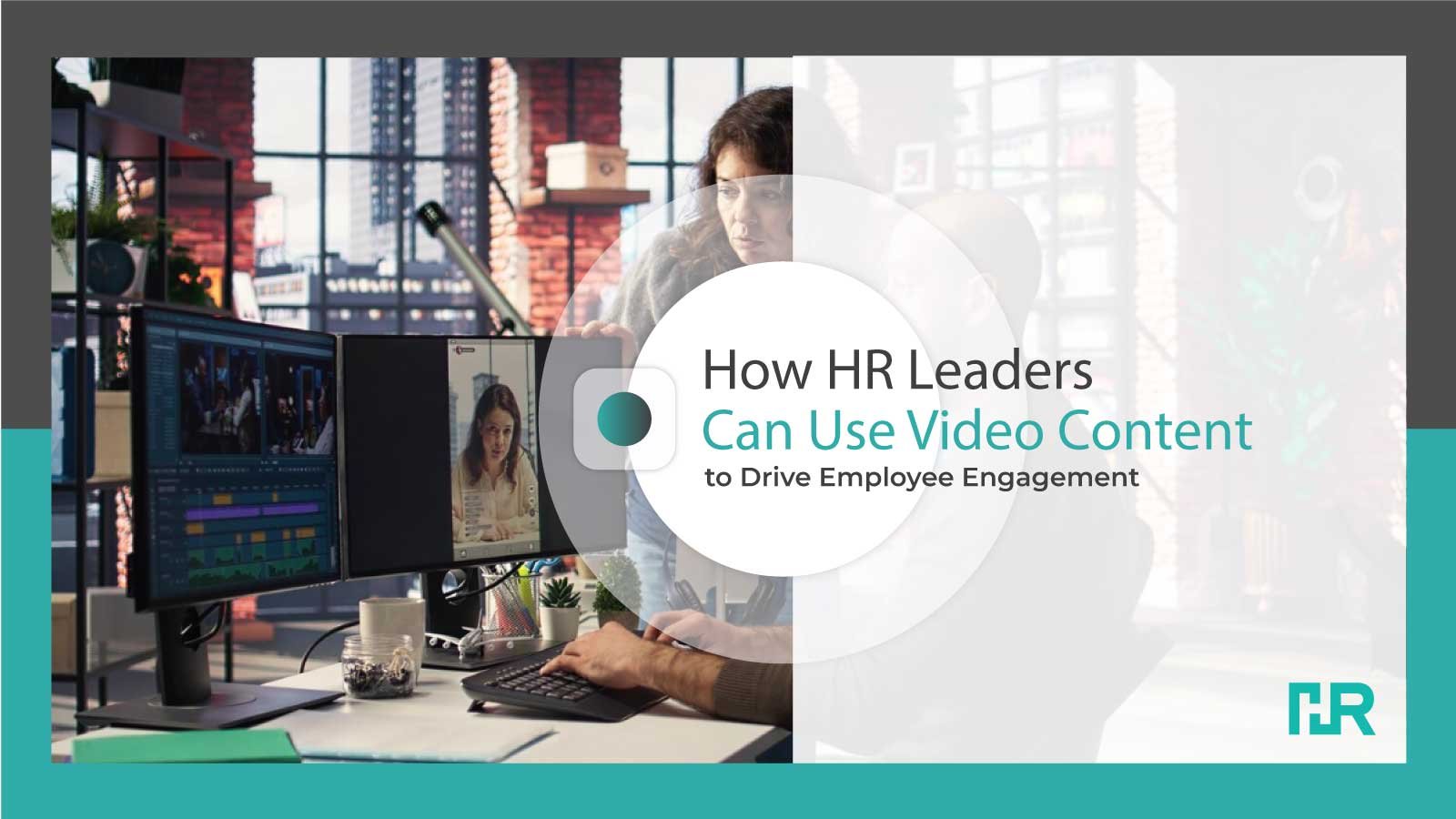
Think about the last time you sent an important email to your team - did most of them read it, or did it just disappear in their overflowing inboxes? Getting and keeping employee attention is tougher than ever. Traditional emails and lon
g policy documents often get ignored or skimmed over without real engagement. But there’s a better way: video content. It grabs attention quickly, makes information easier to understand, and helps employees remember what matters most.
A recent 2025 Wyzowl study found that 88% of employees want to learn through video over text-based formats. For HR leaders, this presents a chance to increase onboarding, communication, and corporate culture through a channel that employees love. Whether celebrating success, describing benefits, or communicating leadership messages, video offers a personal, human element that written communications can't deliver.
When executed strategically, video content isn't just informative - it drives action, deepens relationships, and builds a sense of belonging throughout the organization.
Employee engagement thrives on clarity, connection, and consistency. Video helps HR leaders deliver all three in ways other communication formats struggle to match.
Clarity: Complex topics, such as new HR policies or benefits packages, can be simplified with visual aids, graphics, and real-life examples.
Connection: Video allows employees to see and hear leaders directly, adding authenticity and warmth to messages.
Consistency: Recorded videos ensure every employee receives the same information, regardless of location or time zone.
Studies from Gallup in 2025 show that engaged employees are 23% more productive and have 18% lower turnover. Video, by making information engaging and accessible, strengthens employees’ emotional connection to the organization.
For remote and hybrid teams, video bridges physical distance. Whether it’s a virtual town hall, a recorded training session, or a CEO message, it helps employees feel part of the same mission, no matter where they work.
A strong onboarding process can boost employee retention by up to 82% (Brandon Hall Group, 2025). Videos introducing company values, culture, and key policies help new hires integrate faster while maintaining consistency in messaging.
Interactive video modules allow employees to learn at their own pace, making development accessible and scalable.
Leadership announcements, policy changes, or company updates become more engaging when shared via short video clips instead of long written memos.
Highlighting employee achievements through video not only boosts morale but also reinforces desired behaviors.
Guided mindfulness sessions, fitness challenges, or benefits explanations can be shared in bite-sized videos, promoting well-being alongside engagement.
Though creating a video has never been simpler, creating one that engages takes a considered strategy.
Know Your Audience: Adapt tone, length, and content style according to your employees' preferences.
Keep It Short and Focused: For most HR updates, stick to 2–4 minutes; longer for training modules with distinct segments.
Use Storytelling: Genuine narratives of employee achievements or customer influence become more impactful than standard scripts.
Maintain Quality: Good sound, good lighting, and few distractions are necessary, even for informal videos.
Ensure Accessibility: Include captions for deaf employees or viewers watching without sound.
Brand Your Videos: Repeated visuals and tone reinforce your company's identity.
By following these best practices, your videos will not only grab attention but also establish trust and credibility.
Creating videos is only half the job - measuring impact is what turns them into a sustainable HR strategy. Key metrics include:
View Counts & Completion Rates: Indicate how engaging your videos are.
Employee Feedback: Surveys can reveal whether the content is clear, relevant, and useful.
Engagement Actions: Track actions taken after watching (e.g., signing up for training, participating in initiatives).
Retention Rates: Measure if engagement initiatives correlate with improved retention.
By 2025, HR analytics platforms will be able to converge video performance data with more comprehensive engagement measures. This assists HR leaders in enhancing their content strategy continuously for optimal effect.
Though it offers advantages, a few HR teams hold back from taking full advantage of video out of perceived impediments.
Time and Resource Concerns: New AI-based software can now automate video production, rendering it quicker and less expensive.
Camera Shyness: Invite leaders and employees to prioritize authenticity rather than perfection - polished but personal prevails over overly scripted.
Technology Barriers: Make sure all employees can access the sites where the videos are posted, and offer alternatives in low-bandwidth settings.
Content Fatigue: Prevent employees from being overwhelmed by too many videos by posting routinely but not excessively.
Addressing the above concerns upfront makes it simpler for HR departments to integrate video into their central engagement strategy.
AI-Powered Personalization: AI is able to personalize training videos according to each employee's learning style or job function, making the content more relevant.
AR (Augmented Reality) Integration: Picture new employees experiencing an AR-enabled virtual office tour prior to their first day.
Interactive Videos: Clickable choices within videos enable employees to select the subjects they wish to explore in real time.
Real-Time Video Feedback: Live Q&A sessions integrated into video streams enable immediate clarification and engagement.
Through keeping up with these trends, HR leaders can preserve a competitive advantage in terms of both engagement and retention.
Video content is no longer merely an advertising utility - it's an imperative piece of contemporary HR communication and engagement strategies. From onboarding to recognition, videos enable HR leaders to engage with employees at a human level, motivating productivity and loyalty.
The solution is in conscious, audience-directed content creation supported by quantifiable outcomes. The more technology evolves, the more the companies that completely commit to video will be the ones creating deeper connections and more robust cultures.
Want to see more about how to make technology a part of your HR plan? Check out HR Technology Insights for expert guidance, trends, and practical guides.
Discover effective employee recognition and rewards strategies tailored for US businesses. Learn how social recognition, customizable rewards, and digital tools boost engagement, retention, and workplace culture in 2025.
Discover how HR Tech companies can boost engagement and generate qualified leads with effective webinar marketing. Learn top formats, real-world case studies, and best practices.